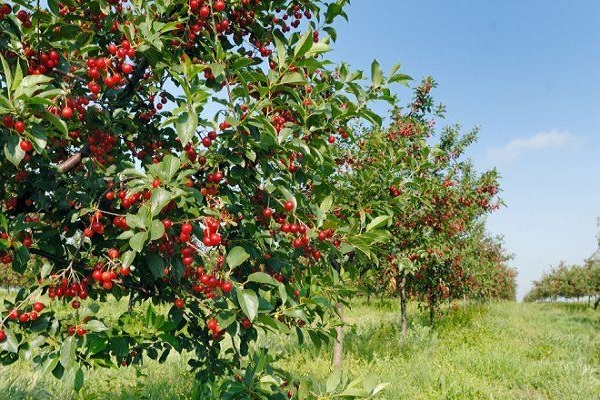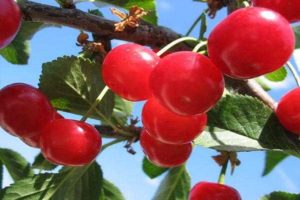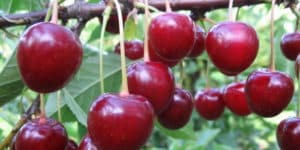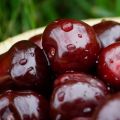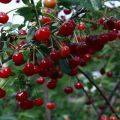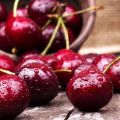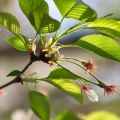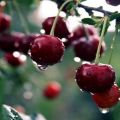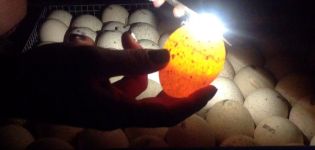Causes of cherry moniliosis and how to cure a burn with drugs and folk remedies
Fruit trees become infected with pathogenic fungi when flowering begins. The spores are directed through the pistil into the plant tissues, multiply and ripen in the fruit, causing secondary infection. Cherries are affected by Moniliosis in many areas of the middle zone, in the Urals, in the southern regions of Russia, in Siberia. The spread of the disease was facilitated by the fact that gardeners at first did not pay attention to its symptoms, because they believed that the leaves were simply frozen.
What it is?
Moniliosis, which is caused by ascomycete fungi, leads to the death of entire plantings, if you do not fight this disease in time. Coping with gray mold, as it is also called, is very difficult. The whole tree is affected by spores, and not just its individual parts.
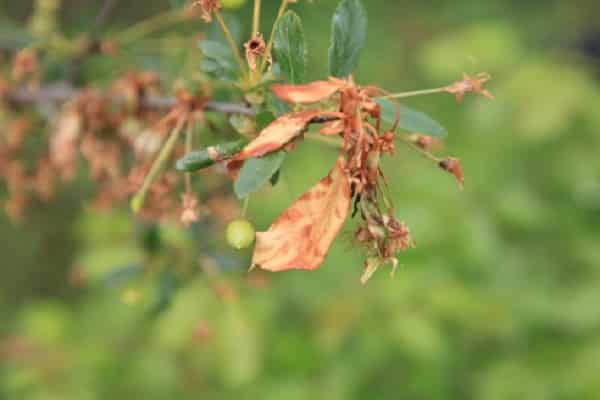
In winter, the mycelium of the pathogenic fungus does not disappear, but populates branches and dried fruits. Spores germinate when the air is heated to at least + 12 ° C. Therefore, gardeners in the fall need to check for grayish pillows on the cherries. The following says about a serious problem:
- the presence of unripe dried fruits;
- blackening and thinning of branches;
- the appearance of sluggish, like frozen leaves.
Stone fruit disease has not one form, but two. Fruit rot settles on infected berries and infects the plant the following year.
If fungi get into the wounds and cracks in the trunk, a monilial burn occurs. On large trees, the border between the diseased and healthy parts is especially noticeable.
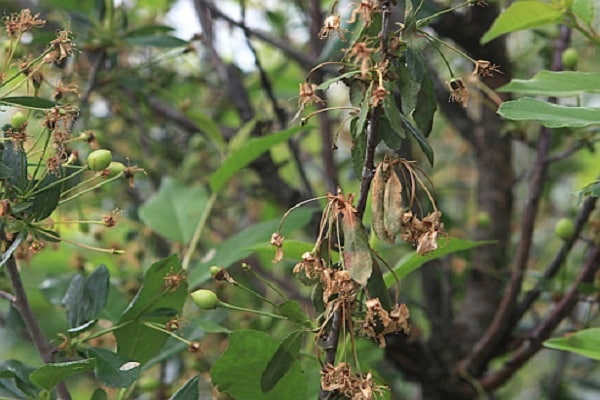
The causes of the appearance and development of the disease
During cherry blossoms, mycelium, which has overwintered on dried branches and fruits, releases spores that infect the plant through the pistil and buds and destroy the shoot tissue. Young branches dry out quickly, the berries are not filled with juice. The leaves turn brown.
Fungi are activated when the temperature drops to about minus 2. Promotes reproduction:
- wet and cool weather;
- heavy fogs;
- abundant dew;
- prolonged absence of the sun.
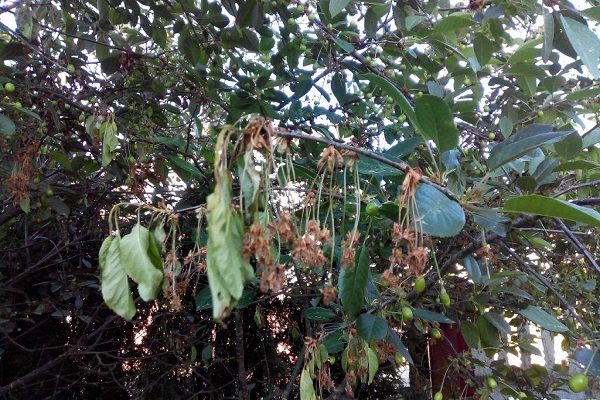
Spores appear again in the dried shoots, and the process of infection continues even when it gets warmer, the rains stop.
Over the summer, not one generation of fungi appears, but several. Moniliosis affects the entire garden. In winter frosts, spores hide in dried berries and branches, and in the spring they continue to multiply and capture new plantings of cherries, sweet cherries or apricots.
The fungus is carried by aphids, moths and other insects from infected trees to healthy plants, destroying huge areas of plantations over several years.
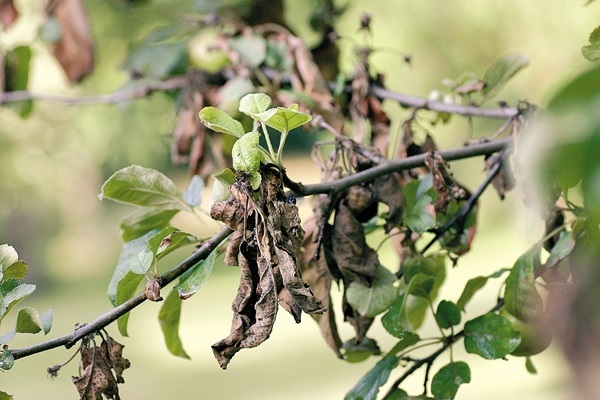
Defining the problem
It is possible to understand that the cherry fell ill with moniliosis by the fact that young branches dry out very quickly, flowers crumble, leaves become lifeless, an ovary does not form.
If a tree with fruits is affected by fungi, growths of spores form on the berries, and they rot and mummify.
Control methods
To cope with a dangerous and rapidly spreading disease, it is necessary to use simultaneously different methods of eliminating both moniliosis and the destruction of its pathogens. It is necessary to constantly cut off damaged branches, remove leaves from under trees, spray cherries with fungicides.
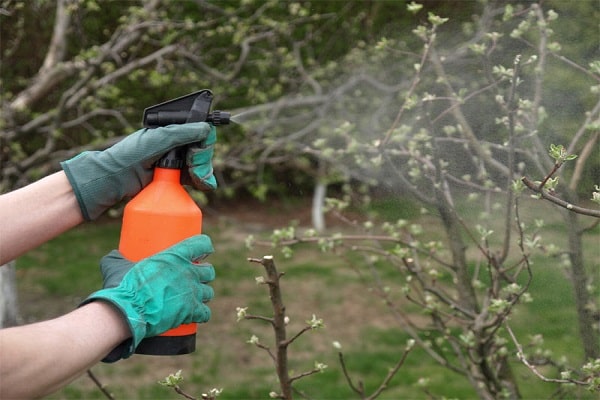
It is better to get rid of diseased shoots in the fall or spring, until the buds have time to open. When the flowering ends, you need to check again if the affected areas have appeared again. The disease spreads less with the timely formation of the crown. Prune old trees more often.
Leaves, rotten fruits, dried branches must be burned, since spores winter in them. Not all summer residents who grow cherries on their own plot know how to treat moniliosis. Measures need to be taken urgently and in a complex, trimming alone cannot solve the problem.

To defeat the disease, drugs that contain copper are used. They prevent spore breeding. Cherries are sprayed with systemic fungicides not once, but several times per season. The most effective among them is "Horus", the drug has a negative effect on pathogenic fungi even at low temperatures. During the growing season, cherries can be treated with bacteriological preparations - "Fitosporin", "Gamair".
Fungi quickly get used to different formulations. In summer, the remedy for moniliosis should be alternated with insecticides to destroy insects that carry spores to other trees.
Knowing how to deal with the disease of fruit crops, and starting treatment in a timely manner, it is possible to stop its spread. Most often, the varieties bred many years ago are affected by moniliosis - Felt Cherry, Vladimirskaya.
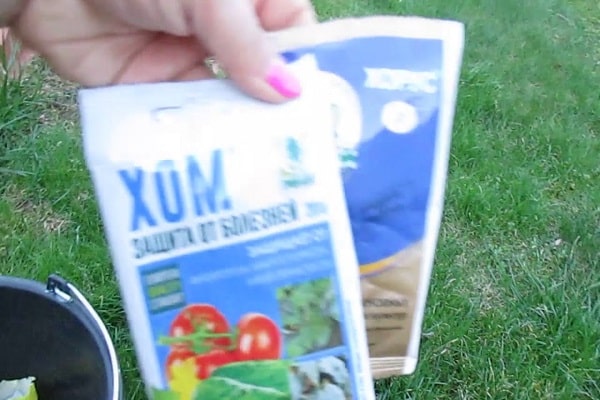
Prevention
Preventing fungal infection is much easier than coping with the disease they cause:
- Cherries should not be planted where trees affected by moniliosis grew.
- A place for new plants must be selected not in a lowland, where the roots will rot, but on a small hill.
- To prevent pests from gnawing the bark on the trunks, they must be wrapped in dense synthetic material, otherwise spores can settle in the injuries and wounds.
- Every autumn, dried twigs must be removed, the cut points are covered with putty.
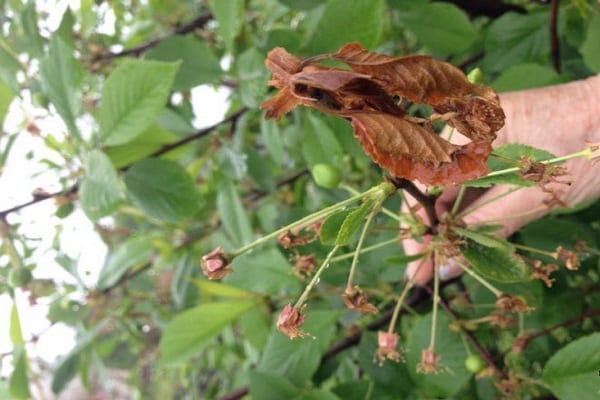
Fallen leaves and unripe berries must be burned, the soil must be loosened in the garden. It is necessary to select fruit crops for the site that are zoned for a given area. It is advisable to immediately process the seedlings with Bordeaux liquid.
Before budding, all trees need to be sprayed with a solution of copper sulfate, and lime should be added to the ground, which will help reduce acidity, prevent the development of moniliosis.

Most disease resistant varieties
To protect your garden from the spread of gray rot, you need to seriously consider the selection of cherries and cherries. Some of them are more often affected by moniliosis, others less often.
Shokoladnitsa is resistant to disease. A short tree does not differ in a dense crown, but up to 12 kg of brown berries, weighing a little over 3 g, ripen on its branches. They resemble sweet cherries with a sweet taste. The first fruits appear on the plant at the age of 4 years. The tree tolerates frost and temperature fluctuations normally.
Less commonly, Turgenevka cherry suffers from moniliosis. This variety has a rich red color. There are many in the pulp:
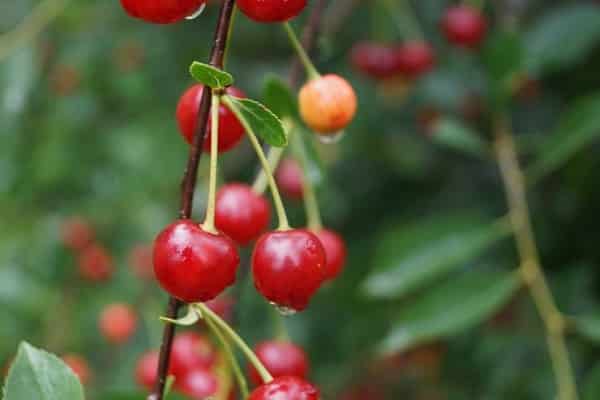
- gland;
- ascorbic acid;
- vitamin B.
The sweetish heart-shaped fruit weighs about 5 g.
Cherry Toy is resistant to gray rot, not afraid of frost. A tall tree has an oval crown and thick branches. The fruits are tied in the third year and ripen in late summer. Large berries weighing up to 9 grams delight with sweet pulp, the stone is separated from it without problems.
The Nochka variety was bred by breeders by crossing cherries with cherries. The hybrid has a lush crown, large beautiful leaves. Flower buds on the tree are laid in the first year, so the fruits appear in the third. The cluster is formed from 8 berries, some specimens weigh up to 10 g. The variety takes root in areas with frosty winters, is resistant to moniliosis.
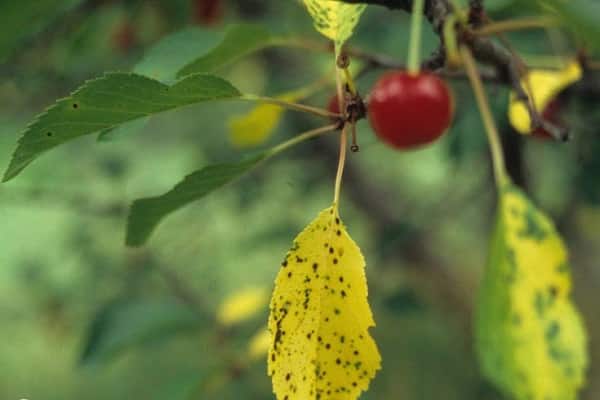
Cherry Novella created at the Oryol Institute of Breeding, crossing Griot Rossoshskaya with a steppe hybrid. The tree is about 3 meters high and has a spreading crown and powerful roots. The plant blooms in May, pleases with sweet, almost black berries. The variety is valued:
- for high productivity;
- immunity to fungal diseases;
- excellent presentation.
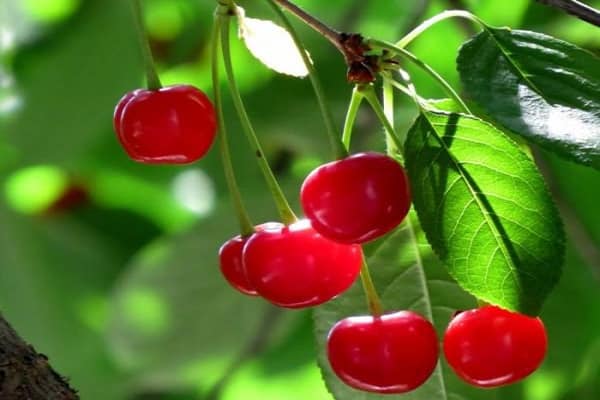
Bystrinka is planted by both summer residents and farmers. The hybrid barely reaches two meters in height. It is a pleasure to pick the fruits. Cherry is unpretentious in care, does not take up much space. The variety loves fertile land, gives a decent harvest of berries, which can be transported over long distances. Bystrinka does not suffer from coccomycosis, it is rarely affected by gray rot.
Cherry Minx grown in the steppes of Ukraine, in the North Caucasus. It was bred on the basis of the Kievskaya and Samsonovka varieties. The tree is fast growing, has a spreading crown, straight shoots, shiny leaves. Burgundy fruits weighing about 6 grams are used to make jams and compotes. The hybrid is not afraid of frost, rarely affected by fungal diseases.
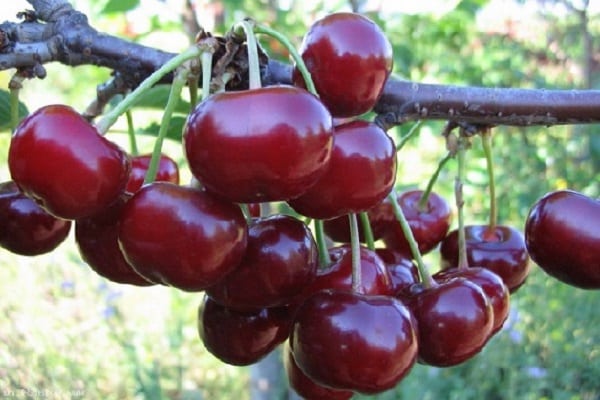
To minimize the risk of moniliosis in cherries, it is necessary to feed the trees with organic matter and mineral fertilizers, remove excess shoots and growth, water in the absence of rain for a long time, and loosen the soil in the aisles.
